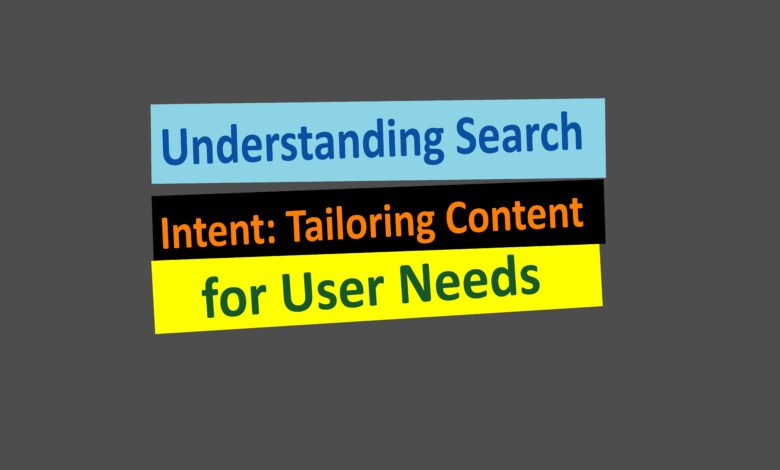Understanding Search Intent: Tailoring Content for User Needs

Evaluating Search Intent: Understanding User Needs
When it comes to creating content for the web, understanding the search intent of your audience is crucial. Search intent refers to the underlying motivation or purpose behind a user’s search query. By evaluating search intent, you can tailor your content to better meet the needs of your target audience, improve your search engine rankings, and ultimately drive more traffic to your website.
The Four Types of Search Intent
There are four main types of search intent that users typically have when performing a search:
1. Informational Intent
Informational intent is when a user is seeking information or answers to their questions. This could be anything from “how to” guides, tutorials, or general knowledge queries. When creating content for informational intent, it’s important to provide clear and concise answers to the user’s query. Use headings, bullet points, and other formatting techniques to make your content easy to scan and digest.
2. Navigational Intent
Navigational intent is when a user is looking for a specific website or web page. These searches are often branded or specific to a particular company or organization. If you have a website, it’s important to optimize your content for navigational intent by including your brand name, relevant keywords, and ensuring that your website is easily navigable.
3. Transactional Intent
Transactional intent is when a user is ready to make a purchase or engage in a specific action. These searches often include words like “buy,” “order,” or “download.” When creating content for transactional intent, it’s important to provide clear calls to action and make it easy for users to take the desired action, whether it’s making a purchase, signing up for a newsletter, or downloading a resource.
4. Commercial Investigation Intent
Commercial investigation intent is when a user is in the research phase of the buying process and is comparing different products or services. These searches often include words like “best,” “reviews,” or “compare.” When creating content for commercial investigation intent, it’s important to provide unbiased and informative content that helps users make an informed decision. Include comparisons, pros and cons, and other relevant information to help users evaluate their options.
Optimizing for Search Intent
Now that you understand the different types of search intent, it’s important to optimize your content to meet the needs of your target audience. Here are some tips to help you optimize for search intent:
1. Conduct Keyword Research
Start by conducting keyword research to identify the keywords and phrases that are relevant to your target audience and align with their search intent. Use tools like Google Keyword Planner or SEMrush to identify high-volume keywords and long-tail keywords that are relevant to your industry.
2. Create Relevant and High-Quality Content
Once you have identified your target keywords, create content that is relevant and high-quality. Make sure your content provides value to your audience and answers their questions or solves their problems. Use headings, subheadings, and bullet points to make your content easy to read and scan.
3. Optimize Your Meta Tags
Optimize your meta tags, including your title tag and meta description, to align with the search intent of your target audience. Use your target keywords naturally in these tags to improve your search engine rankings and attract more clicks from search engine results pages.
4. Monitor and Analyze Your Performance
Regularly monitor and analyze the performance of your content to see how well it is meeting the search intent of your audience. Use tools like Google Analytics to track metrics such as bounce rate, time on page, and conversion rate. Adjust your content strategy as needed to better align with the needs of your audience.
Conclusion
Evaluating search intent is an essential part of creating effective and engaging content for the web. By understanding the underlying motivations and needs of your audience, you can optimize your content to better meet their expectations and drive more traffic to your website. Remember to conduct keyword research, create relevant and high-quality content, optimize your meta tags, and regularly monitor and analyze your performance to ensure that your content is meeting the search intent of your target audience.